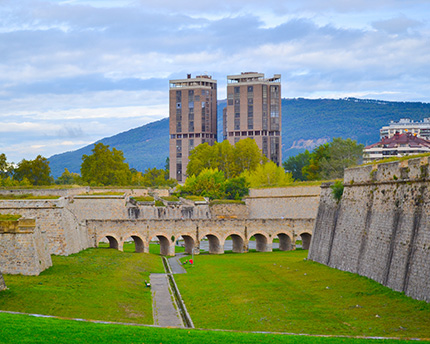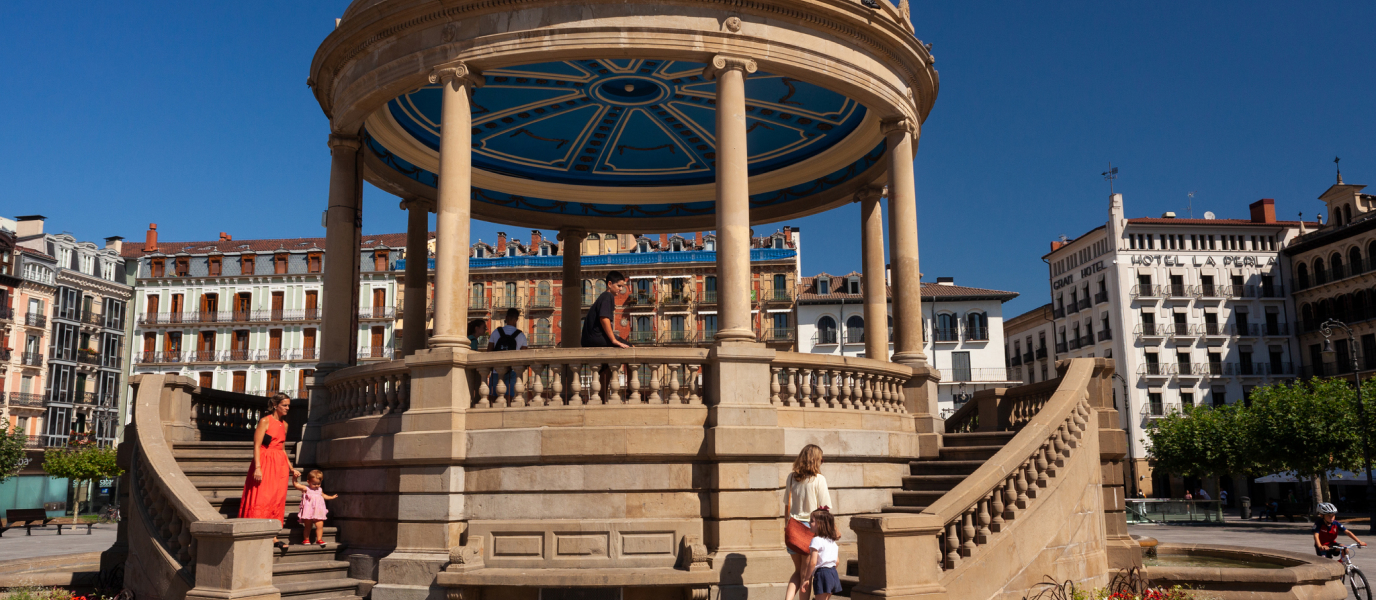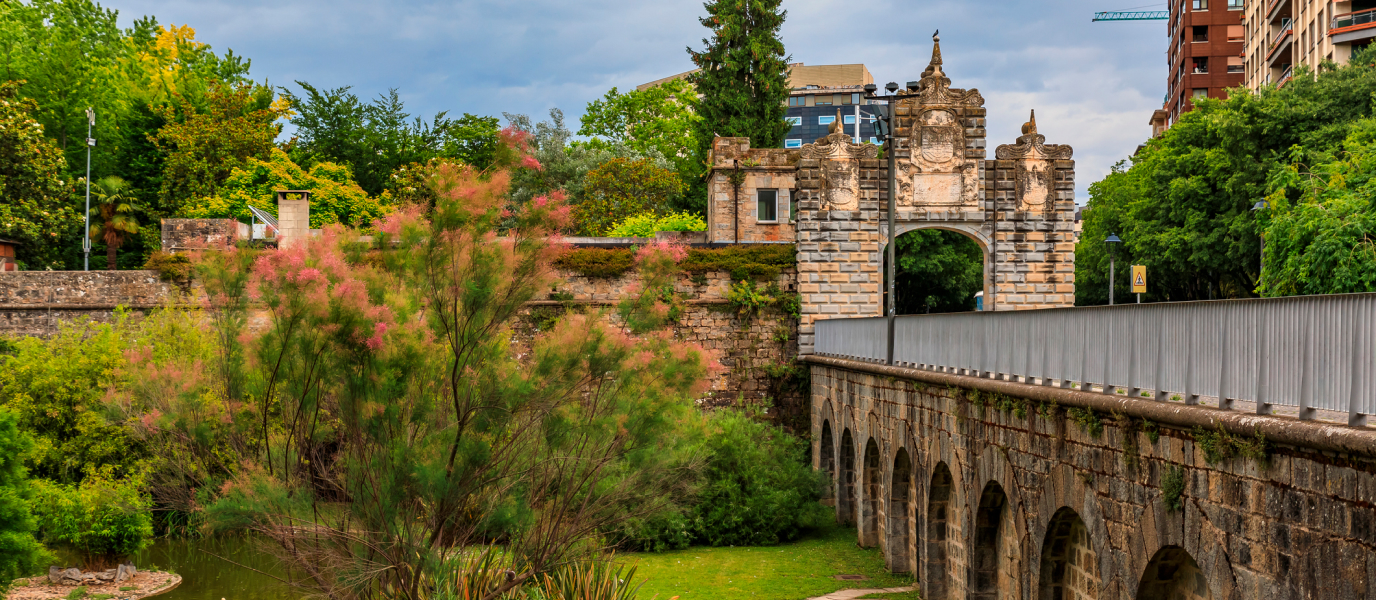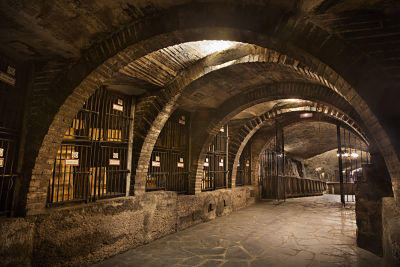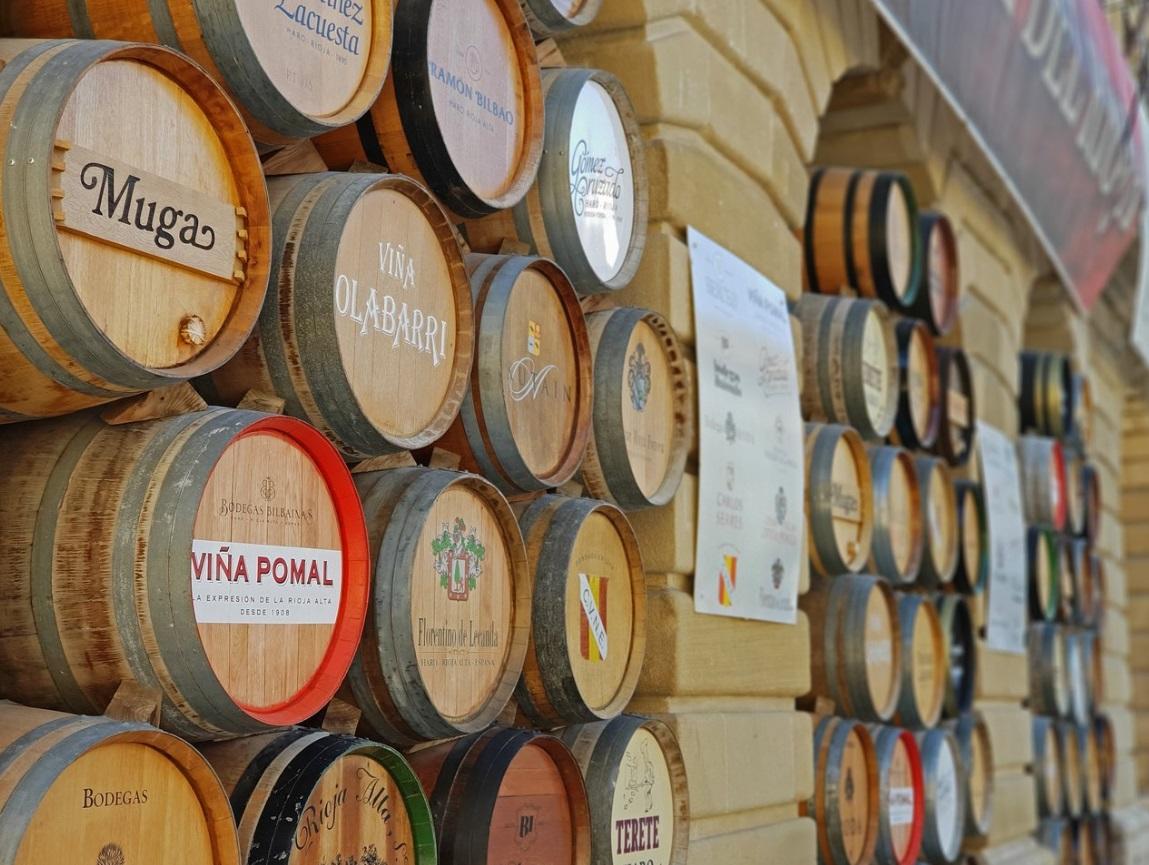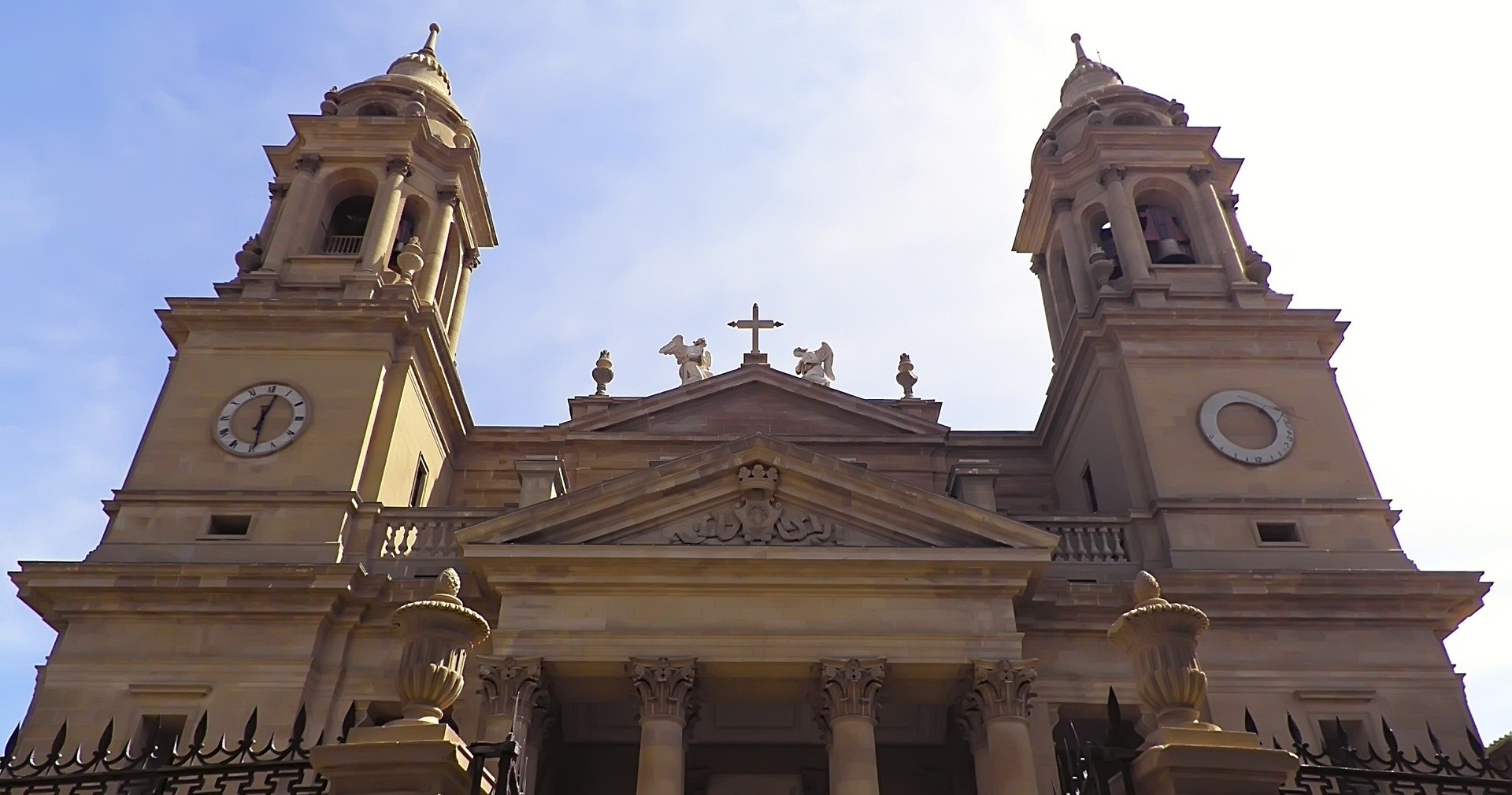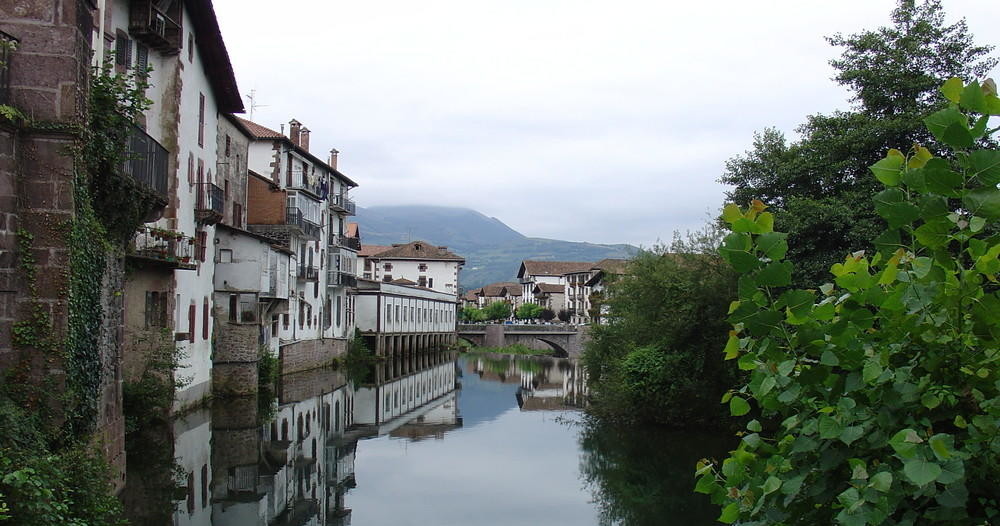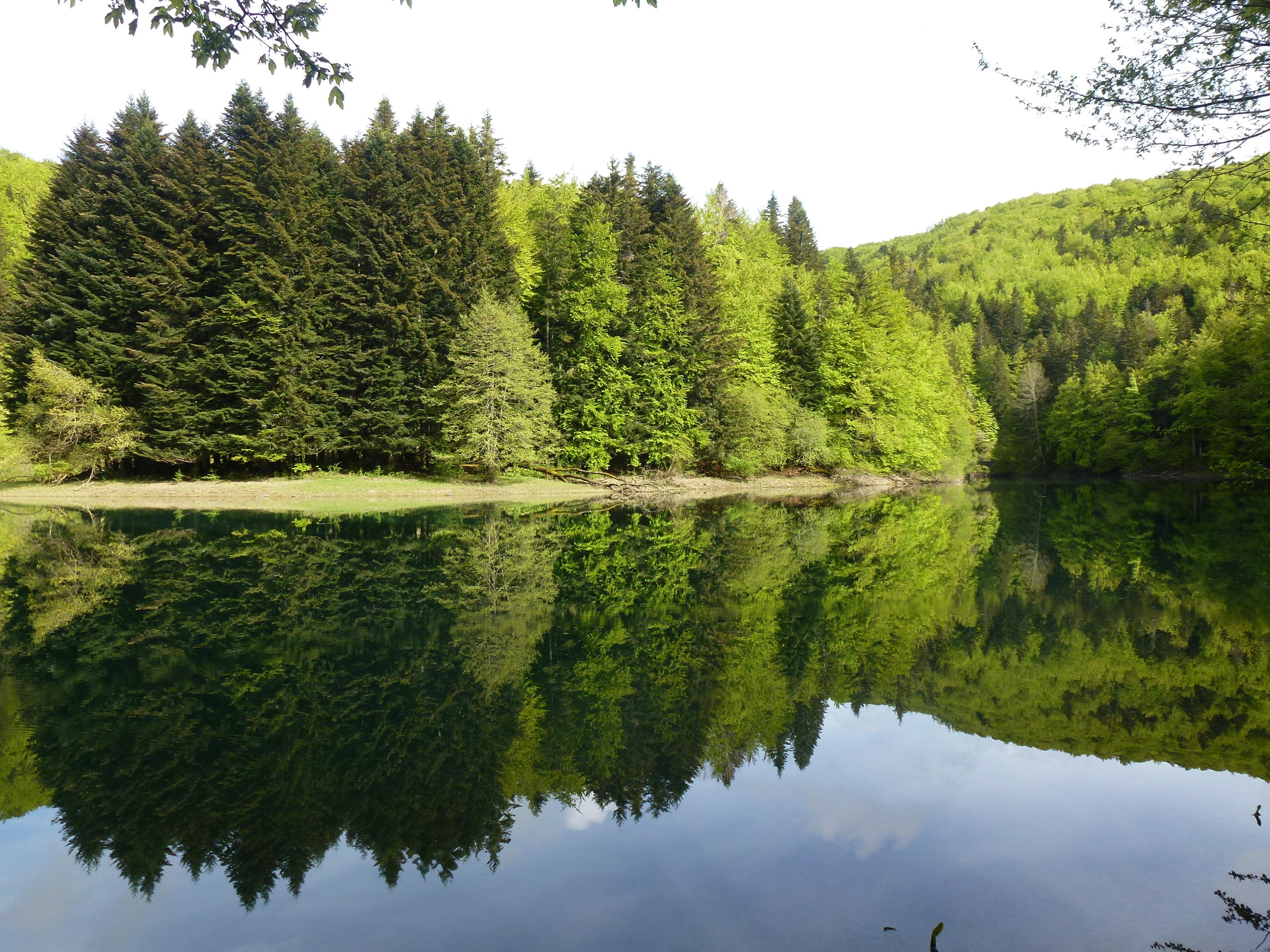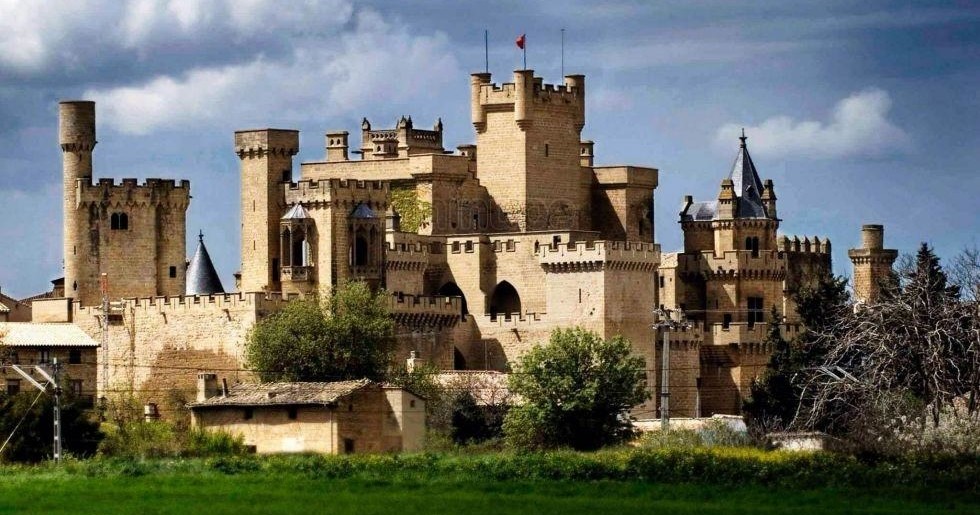The Museum of Navarre is the perfect place to learn about the long and rich cultural history of Navarre (known in Spanish as the Comunidad Foral) from prehistory to the present. The museum is based on the premise that “all art is contemporary”, as it can be seen as a form of communication in different languages, codes and media at different times. That is why contemporary pieces are exhibited here along with Romanesque, Gothic, Renaissance and Baroque works. The museum’s collection includes as permanent exhibits forms of expression that did not exist in times past — such as prints, photographs, posters, film documentaries, music and the ethnological heritage.
In Pamplona, the Museum of Navarre is an outstanding social resource. Since 1948, its premises have also housed important works from the former cathedral of Pamplona, including Romanesque capitals from the building’s façade and cloister, a collection of Gothic mural paintings, and an assortment of coins, as well as a portrait painted by Goya, and early works by pioneers of photography in Navarre.
The History of the Museum of Navarre
The Museum of Navarre’s collections originated from the Navarre Commission for Historic and Artistic monuments, set up in 1844 to safeguard the region’s heritage. In 1910, the first museum was opened in what is now the headquarters of Navarre’s Audit Office, and in 1940 its collections were handed to the Regional Government’s Príncipe de Viana Institute. Since 1956, the Museum of Navarre has been based in the former Hospital de Nuestra Señora de la Misericordia de Pamplona, located near the walls of the city’s historic quarter. In 1986, the architects Jordi Garcés and Enric Soria undertook a major remodelling of the building, retaining only the original hospital’s main entrance and church, both dating from the sixteenth century. In fact, the Renaissance door is considered to be one of the museum’s exhibits. The museum was reopened in 1990 by Queen Sofía.
Be careful not to confuse the Museo de Navarra with the Museo de la Universidad de Navarra, a resource for learning available to the university community and to the whole of society, and which is of interest in its own right. In addition to offering a postgraduate programme (Masters in Curatorial Studies), this university museum is targeted at a younger audience, and visitors will find both a permanent and a temporary programme here. It is also a place where students can bring their artistic concerns.
Exhibitions
The Museum of Navarre’s outstanding exhibits are as follows: the “Map of Abauntz”, a stone bas-relief dating from the Paleolithic Age; the Andelos Roman mosaic, with a fragment of “The Triumph of Bacchus”; another Roman mosaic from the villa of El Ramalete (Tudela); the Romanesque capitals from the former cathedral of Pamplona; the Leyre Casket, a masterpiece of Islamic art dating from the year 1000; Gothic murals by Juan Oliver (the murals are painted in grisaille and depict the battles of the Emperor Carlos V against the Protestants), and the “Portrait of the Marquis of San Adrián”, by Francisco Goya.
The old chapel of the Hospital de Nuestra Señora de la Misericordia has now been transformed into a temporary exhibition hall, which displays work by living artists whose works are in the archives of the Museum of Navarra. In addition, the chapel has excellent acoustics, so concerts are held here with up to 120 people attending.
Opening hours and information for your visit
Located at no 47, Calle de Santo Domingo de Pamplona, the Museum of Navarre’s opening hours are Tuesday – Saturday, 9.30 a.m. – 2 p.m. and 5.00 p.m. – 7.00 p.m. On Sundays and Public Holidays, the opening hours are 11.00 a.m. – 2.00 p.m. They are closed on Mondays. The telephone number for information is +34 848 426 492. Guided visits are available for both individuals and small groups, but advance booking is required. These tours are free, and last around one hour. The maximum group size is 25. In general, the admission charge for the Museum of Navarre is €2, but on Saturday evenings and Sundays, admission is free.




































































